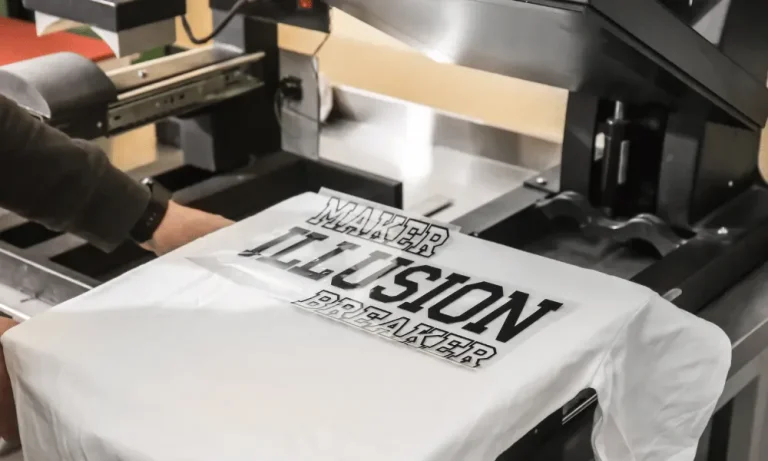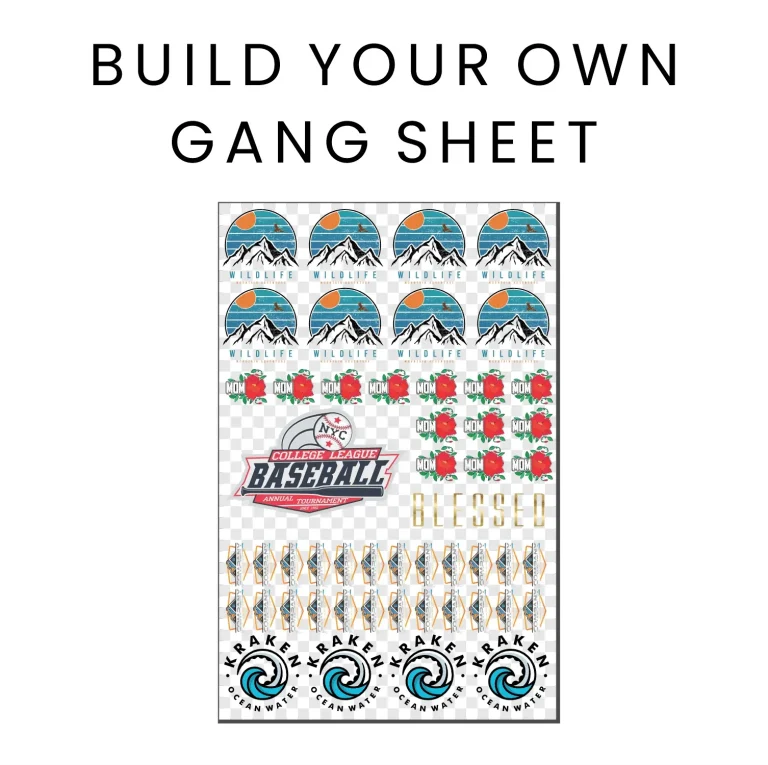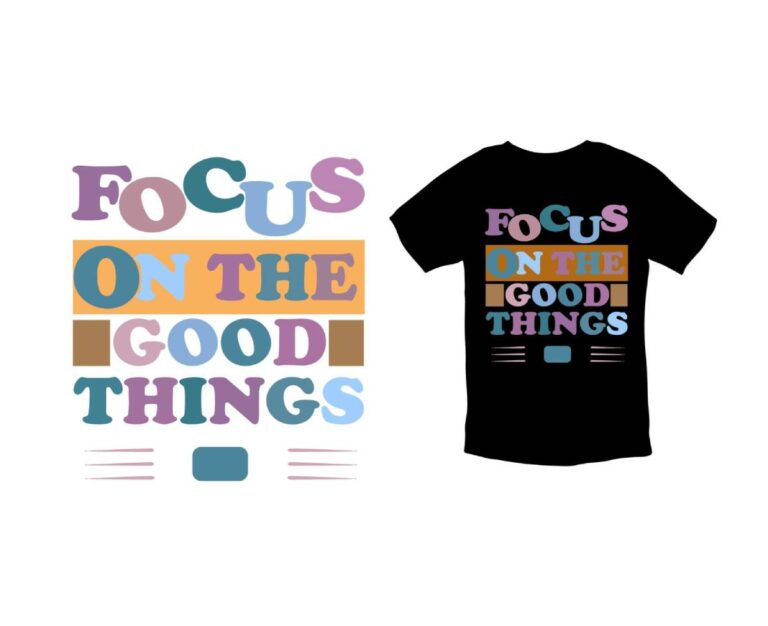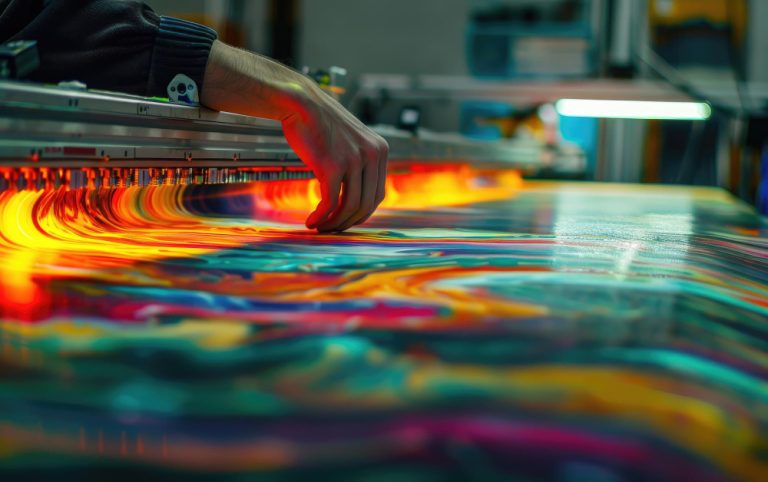DTF Printing Techniques: A Step-by-Step Guide
DTF printing techniques, also known as Direct to Film printing, are revolutionizing the way designs are applied to fabrics, making it a favorite among graphic designers and clothing manufacturers alike. This innovative process allows for the transfer of vibrant, high-quality images onto various textile materials with stunning clarity. As more creators venture into this arena, understanding the DTF printing process becomes essential to achieve remarkable results. Whether you are a hobbyist or a seasoned professional, mastering DTF printing setup is crucial for optimizing your projects. In this guide, we will share valuable DTF printing tips that will enhance your printing skills and explore the nuances of this exciting printing method.
The world of textile decoration is experiencing a shift with advanced film printing methods that give rise to visually striking fabric designs. Known for its versatility, this technology—often referred to as Direct Transfer Film printing—provides an efficient way to apply detailed graphics onto clothing and other fabric items. For those interested in how to do DTF printing effectively, grasping the essential aspects of the printing process and setup is key. In this comprehensive overview, we will delve into crucial strategies that enable novices and experienced printers alike to excel in fabric printing. By exploring these innovative approaches, you will be equipped to not only execute impressive prints but also elevate your creative capabilities.
Essential Equipment for DTF Printing
To embark on your DTF printing journey, having the right equipment is foundational to achieving exceptional results. The first notable component is a specialized DTF printer, typically a modified inkjet printer that accommodates DTF inks. These inks are tailored for vibrant color output and excellent adhesion to fabrics. Additionally, quality DTF transfer films are a necessity. The type of film can significantly influence the vibrancy and durability of your prints, making it essential to invest in high-grade options that are compatible with your printer.
In tandem with the printer and film, a reliable heat press is crucial for successful transfers. Heat presses come with various specifications; choosing one that allows you to control temperature and pressure settings with accuracy is vital. Since different fabrics absorb heat differently, adjusting these settings based on the specific fabrics you’re working with is critical for successful transfers. Furthermore, having other supplies, such as powders for adhesive and protective sheets, will ensure that your DTF printing setup is comprehensive and effective.
Step-by-Step DTF Printing Process
The DTF printing process involves a series of meticulous steps, each contributing to the overall quality of your prints. Begin by preparing your design in graphic design software such as Adobe Illustrator or CorelDRAW, ensuring that you save it in a compatible format like PNG or TIFF—this facilitates smoother printing. Once your design is ready, print it onto the DTF film, ensuring you apply an underbase layer if your design incorporates bright colors. This layer enhances the visibility and vibrancy of your colors, leading to more striking results.
After printing, the next step is applying a powdered adhesive over your wet design. This is step is crucial as it binds the ink to your fabric during the heat transfer process. Following this, your print needs to be cured using either a heat press or an oven, which activates the adhesive. Curing times and temperatures will vary based on the type of inks and film used, so it’s best to refer to the manufacturer’s guidelines. Finally, once cured, the film is placed on the fabric and pressed using the heat press, paying close attention to settings for a flawless transfer.
Design Preparation for DTF Printing
A well-prepared design is essential for effective DTF printing. Begin by using a graphic design program to create your artwork, ensuring it aligns with the intended fabric type and print size. When constructing your design, remember to include vibrant color choices and clean lines to enhance visibility once printed. Additionally, setting a transparent background helps the design to seamlessly transfer over to the fabric, eliminating unwanted borders and misalignment issues.
Once your design is finalized, export it as a PNG or TIFF file. These formats work best within the DTF printing process, as they maintain clarity and color without the limitations of raster-based formats like JPEG. Ensuring your file is correctly sized to fit your clothing or fabric piece before printing will save time and resources. Proper design preparation not only contributes to the final appearance but also influences overall print success, making this a critical step in mastering DTF printing.
Mastering DTF Printing Tips
When it comes to mastering DTF printing, having a few tips and tricks up your sleeve can drastically improve the quality of your work. Firstly, ensure that your printer is calibrated correctly; calibrating helps maintain color accuracy and reduces the chances of issues during the printing process. Additionally, always perform trial prints on scrap fabric before proceeding with your final product. This allows you to make necessary adjustments to temperature, pressure, and timing of the heat press.
Another valuable tip is to keep your equipment clean. Regular maintenance of your printer, heat press, and cutting tools ensures that they operate optimally and extend their lifespan. Furthermore, experimenting with different fabric types can broaden your skillset; each fabric might react differently to the DTF process, so getting familiar with each one enhances your repertoire. Finally, don’t hesitate to join communities or forums focused on DTF printing for additional insights and shared experiences that can aid your mastery of this technique.
Recent Innovations in DTF Technology
The DTF printing industry is constantly advancing, with innovations shaping how creators operate and produce prints. Recent developments include advancements in ink formulations, focusing on sustainable materials with robust adhesion capabilities. New eco-friendly inks are not only better for the environment but also offer improvements in color consistency and durability, reflecting positively in the final print results.
Moreover, the introduction of high-efficiency DTF printers has revolutionized the speed and capabilities of production. These advanced machines reduce turnaround times while ensuring that print quality remains uncompromised. Additionally, all-in-one DTF printer solutions simplify the workflow by integrating multiple essential functions into one machine, significantly minimizing setup time and operational complexity. Staying updated with these innovations is crucial for anyone looking to master DTF printing in today’s competitive landscape.
Resources for DTF Printing Mastery
As you venture into the world of DTF printing, leveraging available resources can significantly enhance your learning and mastery. Printwear Magazine, for instance, provides extensive articles that cover everything from basic methods to advanced techniques, helping you stay informed about industry standards and best practices. Their insights can serve as an excellent foundation as you get comfortable with the DTF printing process.
Furthermore, Craft & Vinyl’s blog is an outstanding tutorial resource that caters to both novices and experienced users. Their practical guides can provide clarity on specific challenges in DTF printing, along with tips that can streamline your printing process. Lastly, YouTube hosts numerous channels dedicated to DTF printing, offering visual tutorials and demonstrations that can make understanding the complex processes easier and more engaging. Utilizing these resources will significantly boost your skill set, enhancing your confidence and capabilities.
Frequently Asked Questions
How to do DTF printing effectively?
To do DTF printing effectively, start by setting up your equipment with a modified inkjet printer and DTF transfer films. Design your graphics in software like Adobe Illustrator, ensuring to create an underbase for bright colors. Print the design, apply adhesive, and cure it before transferring to your fabric using a heat press.
What is the DTF printing process and its key steps?
The DTF printing process involves printing a design on transfer film, applying adhesive to the wet ink, curing the print, and then transferring it onto fabric. Key steps include selecting the right printer, film and adhesive, preparing your design, and careful heat pressing for optimal transfer quality.
What equipment is needed for a DTF printing setup?
A DTF printing setup requires a modified inkjet printer for DTF inks, high-quality transfer films, a reliable heat press, and graphic design software for preparing your artwork. These components ensure high-quality prints and efficient production.
What are some essential DTF printing tips for beginners?
Some essential DTF printing tips include selecting quality materials, ensuring your designs have a transparent background, properly curing prints to activate adhesives, and following time and temperature guidelines during heat pressing to avoid issues during transfer.
How can I master DTF printing techniques?
Mastering DTF printing techniques involves understanding the entire process, from equipment setup to post-processing. Invest time in learning each step, experiment with different fabrics and adhesives, and utilize resources like tutorials and forums for tips and community support.
What recent developments are happening in DTF printing technology?
Recent developments in DTF printing technology include advancements in ink formulations for better adhesion and sustainability, faster print speeds in newer printers, and the emergence of all-in-one DTF solutions that integrate multiple functions for improved efficiency in production.
| Key Steps | Details |
|---|---|
| 1. Equipment Setup | Select a modified inkjet printer, high-quality DTF transfer films, and a reliable heat press with correct settings based on fabric type. |
| 2. Design Preparation | Use graphic design software to create visually appealing designs in PNG or TIFF format with a transparent background. |
| 3. The Printing Process | Print onto DTF film with a white underbase layer for bright colors; apply powdered adhesive on wet prints evenly. |
| 4. Curing the Print | Use a heat source to cure the printed film based on recommended time and temperature for effective adhesive bonding. |
| 5. Transfer the Print to Fabric | Align printed film on fabric, cover, and press with the heat press; peel while warm for best results. |
| 6. Post-Processing | Wash in cold water, air dry, and if needed, apply a second heat setting. |
Summary
DTF printing techniques present an innovative way to create stunning designs on fabric, making it a game-changer in the textile industry. By following a structured approach that includes proper equipment setup, meticulous design preparation, and a careful printing process, users can achieve vibrant and high-quality results. The continuous advancements in technology further enhance these techniques, ensuring that both beginners and professionals alike can produce durable and visually appealing printed textiles. As you embark on your DTF printing journey, remember the importance of quality materials and staying updated with industry trends to maximize your success.







